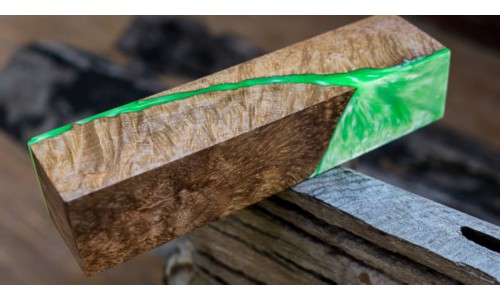
Mixing Your Own E-Liquid: Is It Worth It for Beginners?
Introduction to DIY E-Liquid Mixing
Mixing your own e-liquid can be an exciting venture for vaping enthusiasts, especially for beginners looking to customize their vaping experience. This comprehensive guide explores the essentials of DIY e-liquid mixing, the benefits, and some potential challenges that beginners may face.
Understanding the Basics of E-Liquid

Before delving into the mixing process, it’s crucial to understand the key components of e-liquid. Generally, e-liquids consist of three primary ingredients:
propylene glycol (PG)
,
vegetable glycerin (VG)
, kwaye
flavorings
. PG is known for its throat hit and carries flavor well, while VG produces thicker vapor. The balance between these components affects the overall vaping experience, making it essential to find a ratio that suits individual preferences.
Essential Equipment and Ingredients
To get started with DIY e-liquid mixing, beginners will need a few essential tools and ingredients. Firstly, it’s advisable to have a digital scale for accurate measurements, syringes for precise liquid dispensing, and mixing bottles for storing the final product. In terms of ingredients, beginners should invest in high-quality PG and VG, food-grade flavorings, and nicotine (if desired). Proper safety gear, such as gloves and goggles, is also important when handling nicotine.
Mixing Process: Step-by-Step Guide
1. Choosing Your Ratios: Depending on personal preference, beginners can experiment with different PG/VG ratios, typically ranging from 50/50 to 70/30. A higher VG content is recommended for those who prefer larger vapor production, while a higher PG content is suitable for a stronger throat hit.
2. Determining Nicotine Level: Decide on the desired nicotine strength, often measured in milligrams per milliliter (mg/mL). This will guide the amount of nicotine base to add to the mixture.
3. Adding Flavorings: Flavorings can drastically alter the taste of e-liquids. Beginners should start with 5-15% flavoring, depending on the concentration and individual taste preferences.
4. Combining the Ingredients: Carefully measure the PG, VG, i-nicotine, and flavors using the digital scale and syringes, and mix them in a clean bottle. Shake well to ensure a homogeneous mixture.
5. Steeping: After mixing, it’s often recommended to let the e-liquid steep for a few days to a couple of weeks, allowing the flavors to blend and mature. The steeping time can vary based on the type of flavorings used.
Pros and Cons of DIY E-Liquid Mixing
There are several benefits to mixing your own e-liquids. It can be more cost-effective in the long run, allows for complete customization of flavors and nicotine levels, and can enhance the overall vaping experience. Nangona kunjalo, there are also challenges, particularly for beginners. The process requires attention to detail and understanding of ratios and measurements. Additionally, safety precautions must be taken when handling nicotine and other chemicals.
Ukuqukumbela: Is DIY Mixing Right for You?
Ultimately, mixing your own e-liquid can be a rewarding endeavor for beginners willing to learn and experiment. With the right tools, ingredients, and guidance, many find that the satisfaction of creating a personalized vape juice outweighs the initial challenges. Whether to pursue this craft depends on individual preferences and commitment to the process.


